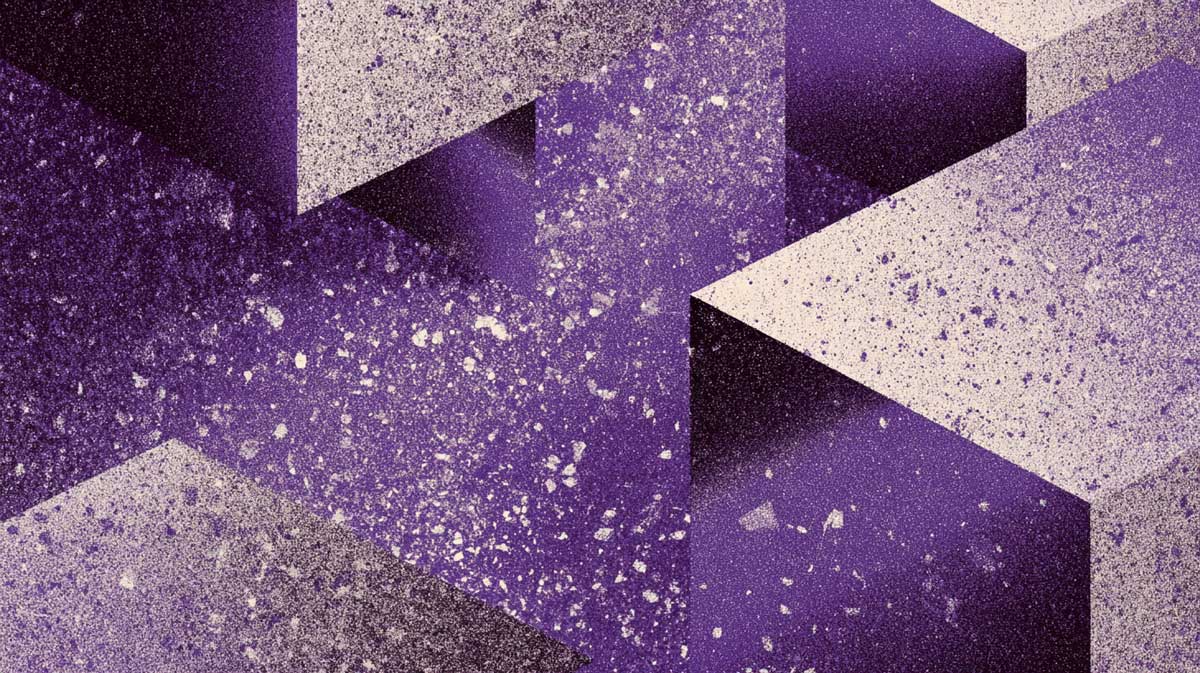SOC 2 vs ISO 27001: What's the Difference? [2025 Guide]
Choosing between SOC 2 and ISO 27001? It's a sales decision, not just compliance. Learn which framework could unlock growth for your business faster.

If you’re a fast-growing startup, you’ll no doubt face questions from customers and prospects about how you handle sensitive information and keep it safe. The way to prove how your cybersecurity systems can effectively keep data safe is through compliance. SOC 2 and ISO 27001 are two similar and well-trusted data security standards. But which one should you pursue?
In this guide we’ll help you understand SOC 2 and ISO/IEC 27001, as well as give advice on how to decide which framework makes the most sense for your business.
What is SOC 2?
SOC 2 (Systems and Organization Controls 2) is a security framework that validates how an organization protects customer data through controls around security, availability, processing integrity, confidentiality, and privacy. All verified through an independent audit.
Created by the American Institute of Certified Public Accountants (AICPA), SOC 2 is the de facto standard for North American tech companies. After a SOC 2 audit, your organization will receive an attestation report which details how your security controls were implemented at a single moment in time (SOC 2 Type 1) or the operational effectiveness of your controls over a period of time (SOC 2 Type 2).
What is ISO 27001?
International Organization for Standardization (ISO) 27001 is the international standard for building and maintaining an Information Security Management System (ISMS) - a set of policies and procedures for systematically managing sensitive data.
This is the global gold standard, recognized from Berlin to Tokyo. Unlike SOC 2’s narrative report, ISO 27001 results in a binary certification. You either pass or you fail. The auditor checks if your "management machine" (the ISMS) is built exactly to the standard's rigid specifications.
The Differences Between SOC 2 and ISO 27001
While they share a lot of the same DNA (both are risk-based, focused on data security and data protection, involve third-party audits, and aim to build customer trust), there are some key differences between the two frameworks:
Flexibility and Requirements
SOC 2 is relatively flexible. It’s built on Trust Services Criteria, which are outcome-oriented control criteria rather than a fixed control checklist. This allows for a narrative. You can sit with your auditor (from a licensed CPA firm) and say, "We're a startup. We don't do X exactly like the enterprise does, but we achieve the same security outcome by doing Y." As long as you can demonstrate that your controls satisfy the criteria, there’s often room to adapt service organization controls.
ISO 27001 certification is more structured. It requires an ISMS and expects clear, documented evidence of things like management review, internal audits, and corrective actions. It has 93 prescribed controls (called “Annex A controls”) which must be implemented, though you can justify some exclusions in your Statement of Applicability, but you still need objective proof that each requirement of the standard is being met.
Here’s a simple breakdown of the differences between the two frameworks:
Geographic Relevance
I tell founders to think of these as currency. SOC 2 is the currency for doing business in the US. If you’re selling to a North American enterprise, more often than not they’ll want to see a SOC 2 report.
ISO 27001 is more popular internationally. So if you’re expanding into Europe or anywhere else outside of North America, ISO 27001 will likely be needed.
Timeline
If you’re pursuing a SOC 2 Type 1 report, you can get there in a few months. Though most partner organizations will expect SOC 2 Type 2 which, typically 6-12 months. The ISO 27001 certification process will typically take between 6-12 months from start to finish for most organizations.
Audit Costs
The costs for both SOC 2 and ISO 27001 can vary depending on the amount of internal work your organization needs to do to implement the needed controls and the auditor you go with (costs will vary from auditor to auditor). But generally, ISO 27001 is more expensive as it requires more documentation than SOC 2.
In terms of audits, a SOC 2 Type 1 audit will usually be between $10-20k with a SOC 2 Type 2 report landing somewhere between $30-60k, sometimes more. An ISO 27001 audit could cost between $20-50k. However, alongside the audit, you’ll need to factor in all the internals costs to implement the needed controls across your ISMS.
Maintenance
Both require ongoing effort. SOC 2 is effectively an annual cycle — to keep a current SOC 2 Type II report, you go through an external audit each year that covers a defined review period (often 6–12 months).
ISO 27001 runs on a three-year certification cycle. After your initial certification audit, you have annual surveillance audits in years 2 and 3 (these are smaller and usually cheaper), and then a full recertification audit at the end of year 3 to renew the certificate for another three years.
Audit Output and Presentation
With SOC 2, you get an audit report that can be 50-100+ pages long showing which aspects of the audit you passed and where you failed a control or had an exception, giving your customers additional details about your cybersecurity systems. With ISO 27001, you get a one-page ISO certificate showing that your organization met ISO 27001 requirements. The details of the audit, any non-conformities or findings, are generally kept private between you and the auditor.
Determine the Right Framework Based on Your Sales Pipeline
Often the answer to “Is SOC 2 or ISO 27001 right for me?” lies in your CRM and overall business strategy.
When to Choose SOC 2
If your pipeline is 90% US-based enterprise, tech, or healthcare companies. Your prospects will see SOC 2 certification as the standard and that’s what you should be pursuing.
When to Choose ISO 27001
Now, let’s say you’re a Series B company with a new sales team spinning up in London or Singapore. In this scenario, your expansion is mostly international so your prospects will expect ISO 27001.
When Both Make Sense
I see this question all the time. A team just finished a grueling SOC 2 Type 2 marathon and is suffering from "control fatigue." Now someone wants to add ISO.
If you have SOC 2, you have already done ~80% of the technical work for ISO 27001. The control overlap is considerable. But the remaining 20% is still an operational drag. So my advice is to only pursue both SOC 2 and ISO 27001 when a specific international revenue stream demands it.
ISO 27001 compliance is a great way to prove you have a fully compliant ISMS but usually it makes most sense to pursue it as a business decision to help you expand into and build trust in new markets.
Prioritize Speed and ROI: Why We Usually Recommend SOC 2 First
For 9 out of 10 startups I talk to, I recommend starting with SOC 2 compliance. The reason is simple: it’s the fastest path to revenue if you’re focused on growing in North America.
First, it has the "narrative" advantage. As I said, you can tell a story. You can justify your controls to an auditor, which is perfect for a fast-moving startup that doesn't have a 10-person compliance department.
Second, it has the "boundary" advantage. You can tightly scope your first SOC 2 audit to just your core production environment. This allows you to get an unqualified report in your hands to unblock sales, while you work on strengthening controls in other parts of the business.
Final thoughts
SOC 2 is your key to the North American market, offering flexibility and speed. ISO 27001 is your passport to the global market, requiring rigor and process. Pick the one that unblocks your pipeline and helps you get the contracts signed, scope it as tightly as possible, and get back to building.
Working with Workstreet's SOC 2 and ISO 27001 services, you can get audit-ready in a fraction of the time. Our expert-led approach and AI-powered platform automate the evidence collection and policy generation, turning a 12-month headache into a streamlined process. We handle the operational drag so your team can stay focused on building your product.


